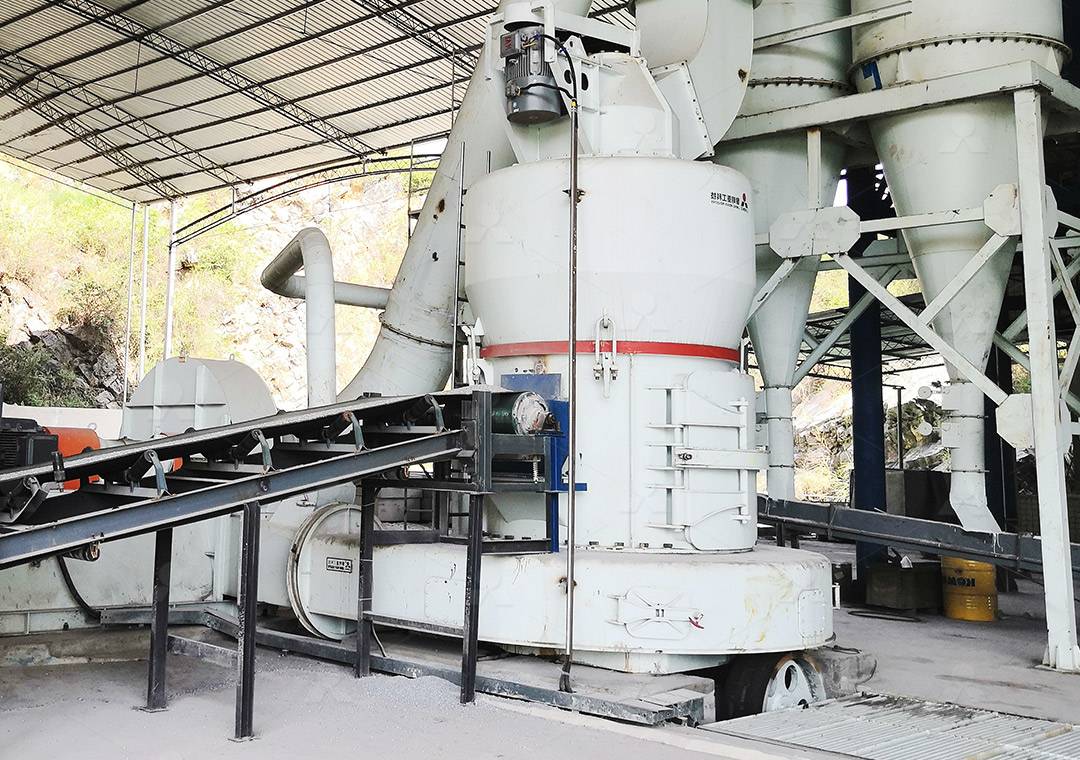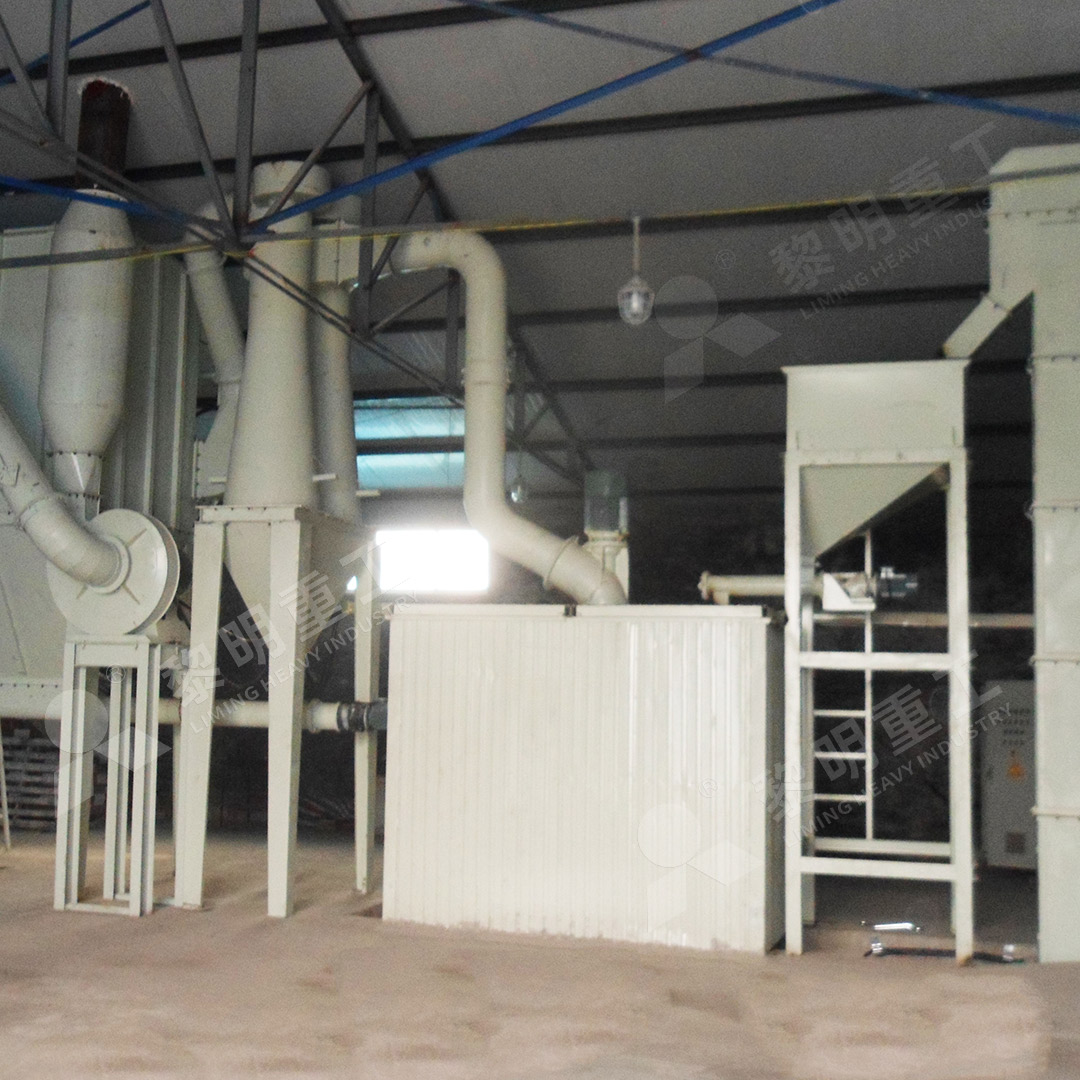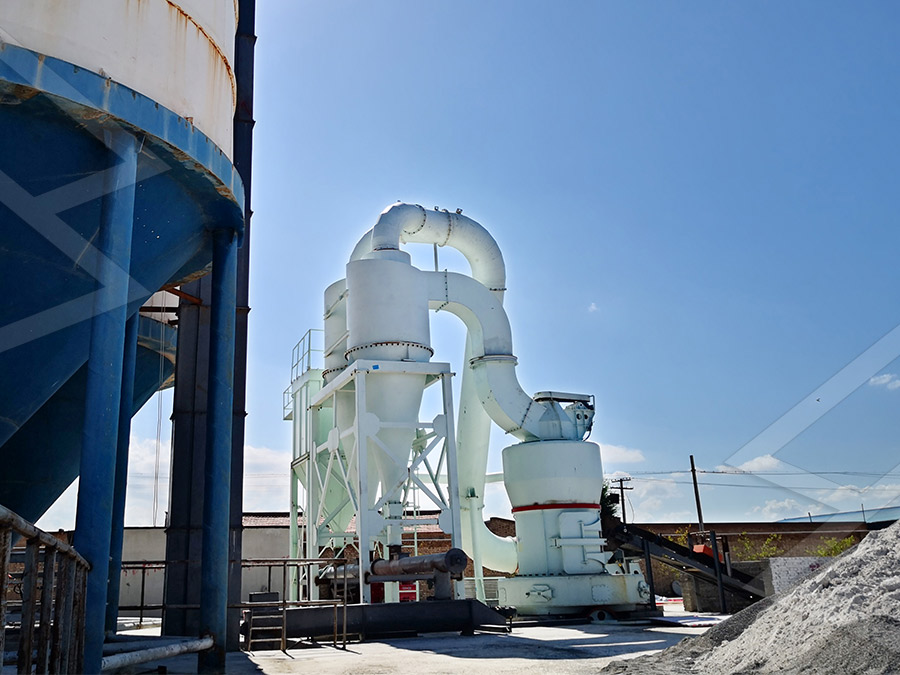T Type Grinding Mill for Quartz Sand Processing
We provide a wide range of mills — including Raymond mill, trapezoidal mill, vertical mill, ultrafine mill, and ball mill, obtained ISO9001 international quality certification, EU CE certification, and Customs Union CU-TR certification. Suitable for processing minerals such as limestone, phosphate, quicklime, kaolin, talc, barite, bentonite, calcium carbonate, dolomite, coal, gypsum, clay, carbon black, slag, cement raw materials, cement clinker, and more.
The discharge range of these mills can be adjusted to meet specific processing needs, typically from 80-400 mesh, 600-3250 mesh, and can achieve the finest particle size of up to 6000 mesh(D50).
If you are looking for a reliable grinding solution to turn stone or minerals into fine powder, please feel free to contact our online customer service.
Optimizing Quartz Sand Processing with Advanced Grinding Technology
Quartz sand processing represents one of the most demanding applications in the mineral processing industry, requiring specialized equipment capable of achieving precise particle size distribution while maintaining operational efficiency. The unique physical properties of quartz – including its hardness (7 on the Mohs scale), chemical inertness, and abrasive nature – present significant challenges for conventional grinding equipment.

Traditional ball mills and Raymond mills often struggle with quartz’s abrasive characteristics, leading to accelerated wear of grinding components, contamination from grinding media, and inconsistent product quality. The industry has increasingly moved toward more specialized T-type grinding mills that incorporate advanced engineering solutions to address these specific challenges.
The Evolution of Quartz Grinding Technology
Modern quartz processing demands have driven significant innovation in grinding mill design. The transition from conventional approaches to specialized T-type configurations represents a fundamental shift in how processors approach quartz comminution. These advanced mills incorporate several critical design improvements:
- Enhanced wear resistance in grinding components
- Precision particle size classification systems
- Reduced iron contamination through specialized chamber designs
- Energy-efficient operation through optimized grinding curves
Among the most significant advancements in this field is our MW Ultrafine Grinding Mill, specifically engineered for challenging materials like quartz sand. This innovative equipment processes material with input sizes up to 20 mm and capacities ranging from 0.5 to 25 tph, making it suitable for various production requirements.
Technical Advantages for Quartz Applications
The MW Ultrafine Grinding Mill incorporates several proprietary technologies that make it particularly well-suited for quartz processing. Its newly designed grinding curves for the grinding roller and ring significantly enhance grinding efficiency, achieving production capacity 40% higher than jet grinding mills and double the output of traditional ball mills, while consuming only 30% of the energy of jet grinding systems.

For quartz processors requiring exceptional product quality, the mill’s cage-type powder selector – incorporating German technology – enables precise fineness adjustment between 325-2500 meshes with screening rates achieving d97≤5μm in a single pass. This precision is crucial for high-value quartz applications where consistent particle size distribution directly impacts product performance.
Another critical consideration for quartz processing is equipment longevity. The MW mill addresses this through its unique chamber design that eliminates rolling bearings and screws in the grinding area, preventing common failure points and eliminating machine damage from loose fasteners. The external lubrication system allows for maintenance without production interruption, supporting continuous 24-hour operation essential for modern processing facilities.
Environmental and Operational Considerations
Modern quartz processing operations face increasing regulatory and community pressure regarding environmental impact. The integrated pulse dust collector and muffler system in the MW Ultrafine Grinding Mill effectively contains quartz dust – a significant respiratory hazard – while reducing operational noise. This comprehensive approach ensures compliance with stringent environmental standards while protecting worker health.
For operations requiring vertical grinding configurations, our LUM Ultrafine Vertical Grinding Mill offers complementary capabilities with its input size of 0-10 mm and capacity of 5-18 tph. This mill integrates advanced Taiwanese grinding roller technology with German powder separating technology, providing exceptional control over final product characteristics.

The LUM mill’s unique roller shell and lining plate grinding curve design prevents material overgrinding and reduces iron content – critical considerations for high-purity quartz applications. Its double position-limiting technology ensures operational stability even during feed variations, while the reversible structure simplifies maintenance of heavy grinding components.
Application-Specific Configuration
Successful quartz sand processing requires careful consideration of the specific end-use requirements. For standard construction applications where cost efficiency is paramount, different operational parameters may be appropriate compared to high-purity applications for electronics or solar grade silicon production. Our technical team works closely with clients to optimize mill configuration for their specific quartz processing needs, ensuring optimal balance between product quality, operational efficiency, and total cost of ownership.
Frequently Asked Questions
What makes quartz sand particularly challenging to process?
Quartz’s high hardness (7 Mohs), abrasive nature, and tendency to cause wear in conventional equipment present significant processing challenges. Specialized mills with enhanced wear protection and optimized grinding mechanics are essential for economic operation.
How does the MW Ultrafine Grinding Mill address iron contamination concerns?
The mill’s design eliminates rolling bearings and screws from the grinding chamber, significantly reducing potential sources of iron contamination. Combined with specialized wear-resistant materials, this ensures minimal product contamination during processing.
What particle size ranges can be achieved with modern T-type grinding mills?
Advanced systems like the MW Ultrafine Grinding Mill can achieve fineness between 325-2500 meshes, with some configurations capable of producing powders with d97≤5μm in a single pass, suitable for even the most demanding quartz applications.
How does energy consumption compare to traditional grinding methods?
Modern T-type mills typically reduce energy consumption by 30-50% compared to conventional systems, through optimized grinding mechanics, reduced mechanical losses, and efficient classification systems that minimize overgrinding.
What maintenance advantages do these specialized mills offer?
Features like external lubrication systems, reversible roller structures, and the elimination of internal fasteners significantly reduce maintenance requirements and downtime, while specialized wear materials extend component life in abrasive quartz applications.
